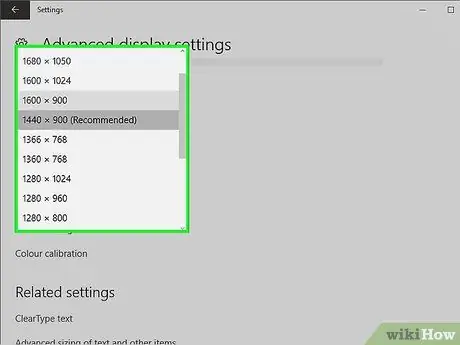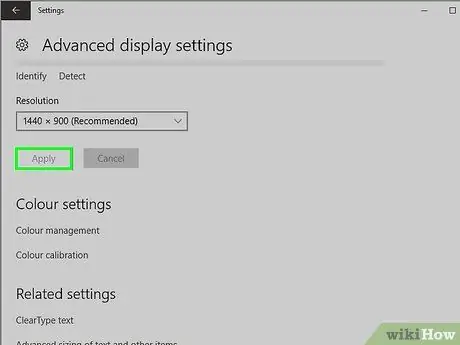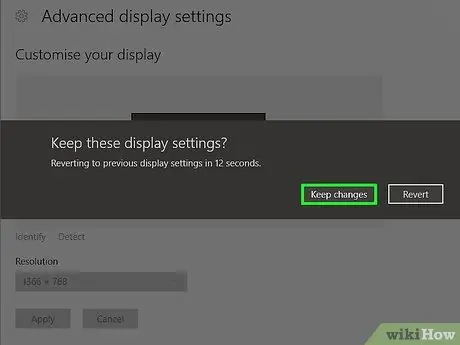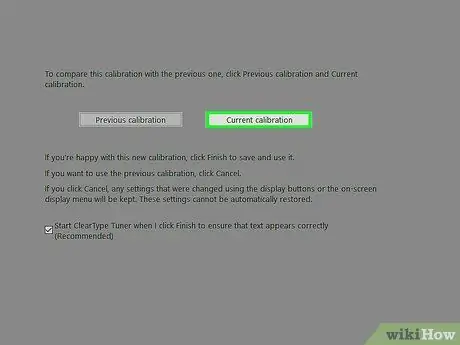Images displayed on an LCD (Liquid Crystal Display) screen should be crisp, clear, with bright, vibrant colors. Usually, you'll get the best image quality by setting the monitor's colors to its native resolution (the settings provided by the manufacturer). However, if you don't get the best images with the default configuration, you can easily calibrate the display settings for higher quality.
Steps
Method 1 of 2: Change the Resolution of an LCD Screen

Step 1. Turn on your computer
Wait for the main screen to appear.

Step 2. Make sure no programs are running

Step 3. Click on "Start" (or the Microsoft Windows logo) in the lower left corner of the screen and type "Control Panel"

Step 4. Select "Control Panel"

Step 5. Find the "Appearance and Personalization" heading, then select the "Change Screen Resolution" sub-category

Step 6. Click on "Resolution" and wait for the drop-down menu to appear

Step 7. Drag the slider up or down to select the resolution you prefer
Click on "Apply". If you have chosen a compatible resolution, the change will be applied immediately, if not, select another.

Step 8. The system will ask you if the settings are acceptable
Click "Yes" if you get the desired result, otherwise keep changing the resolution.
Method 2 of 2: Calibrate the Colors of the LCD Screen

Step 1. Click on "Start" (or the Microsoft Windows logo) in the lower left corner of the screen, type "Control Panel" and click on the first option in the search results

Step 2. Click on Appearance and Personalization> Display> Calibrate Color

Step 3. Click "Next" when the "Screen Color Calibration" window appears

Step 4. Follow the on-screen steps to adjust the gamma, brightness, contrast and color balance
Once you have changed each item, select "Next" until you have completed all the steps.

Step 5. Display the "You have successfully created a new calibration" page

Step 6. Click on the "Previous Calibration" button to display an image with the pre-calibration settings on the screen

Step 7. Click on "Current Calibration" to display an image with the current settings on the screen

Step 8. Compare the calibrations and evaluate which one is best

Step 9. Click on "Finish" to adopt the new calibration

Step 10. Select "Cancel" to return to the previous calibration

Step 11. Finished
Advice
- You can use a low resolution on LCD screens, but the resulting image may be smaller, centered in the screen, warped, or with black outlines.
- Many monitors have a "Menu" button located on the front. When you press it, the "Set basic colors" menu will appear on the screen. From here you can adjust the screen color. See the LCD screen user manual for key locations and color calibration options.






